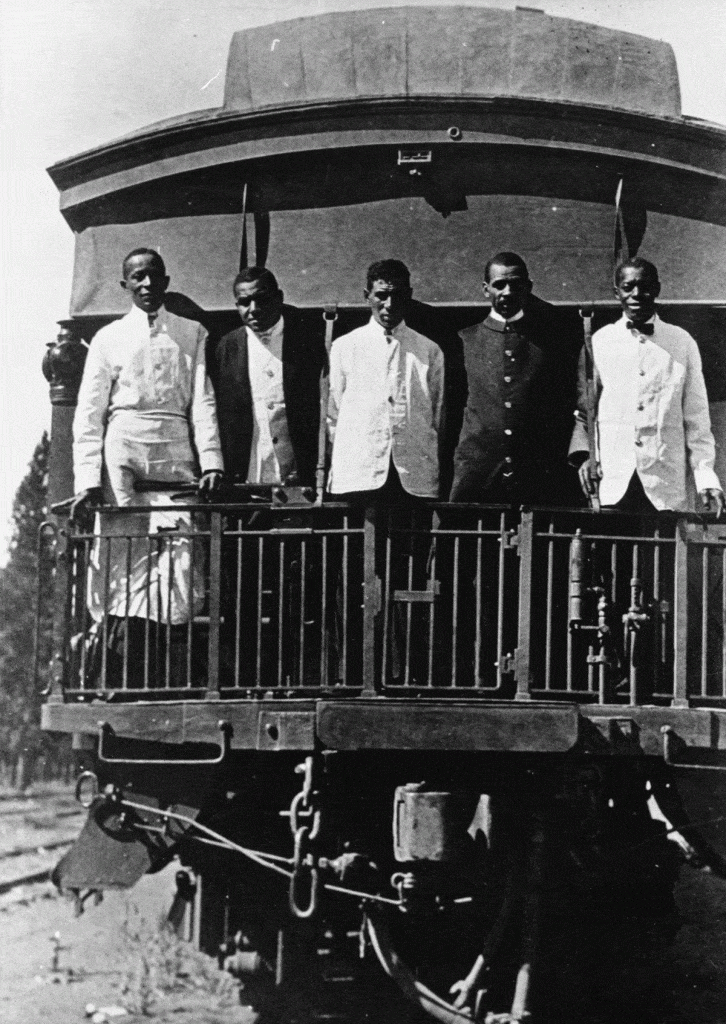Howard Coleman came to Utah in search of a better life. As a black man and son of a sharecropper in Kentucky, his options were limited. During World War I, he joined the military and served overseas, one of about 350,000 African American soldiers. At war’s end, he found and seized upon the opportunity to become a Pullman porter and headed west with the railroad.
In the heyday of rail travel in the United States, Pullman porters were men hired to serve as attendants on overnight trains. George Pullman had designed and introduced mass-produced sleeper cars in the late 1800s. He and his company understood how to capitalize on middle-class America’s desire to travel in upper-class style opulence. Pullman knew that most Americans associated high society with servants, butlers, and waiters.
After the Civil War, the workforce saw a huge influx of formerly enslaved people looking for paid work. George Pullman held the racially-motivated opinion that as former slaves, black men already embodied servility and humility and would accept lower wages than white men. In Pullman’s mind, they were the perfect candidates to fill the role of ever-present manservant that middle-class travelers expected from a luxury experience.
And yet, as wage work, a job as a porter offered black men a way up and out of the Jim Crow South. The Brotherhood of Sleeping Car Porters labor union provided an opportunity to fight for better working conditions and salaries and was a precursor to the Civil Rights movement.
As porters, these men were among the only ones from their hometowns to travel the country. They funneled the money they earned into their communities, building better opportunities for their families and children. Especially in the 1920s through the 1940s, they helped progress the migration of black Americans from the South to the North and West by providing news of jobs and housing in places like Chicago, Oakland, and right here in Utah.
Howard Coleman used portering as a stepping stone. Once in Utah, he connected with a local friend and settled, eventually finding work in Park City. He was one of only a very small number of African Americans in town, but Park City provided a better life than his home state of Kentucky.

Credit: Park City Historical Society and Museum, Roslyn Stewart Collection
Learn more about Howard Coleman and other workers who helped put Park City on the map in the Park City Museum’s current exhibit, The Way Park City Worked, presented in conjunction with the Smithsonian Institution’s The Way We Worked. Thursday, November 16, the Museum is teaming up with the Park City Library for story time. Join us at the Library (1255 Park Avenue) for stories about work and a fun activity: 10am for pre-schoolers and 11am for toddlers. Museum passes will be available to participants.
The Museum has also partnered with the Park City Film Series to present Dolores, about the enormous but largely unrecognized contributions of activist Dolores Huerta, who co-founded the first farm workers unions with Cesar Chavez. Join us for the screening, at the Park City Library Thursday, November 16 at 7pm.